As much as a shipper or a freight forwarder may wish to teleport cargo and magically speed up their shipments, unfortunately, the one and only person cannot pick up your cargo, ship it by sea, and then proceed to smooth rail transportation, or load your cargo into a truck and deliver it to its destination before the deadline. More precisely, in multimodal transportation, this is partially possible because one logistics company or carrier is responsible for all sections of your route carried out by different types of transport. But here is the main difference between intermodal transportation: with each new mode of transport, responsibility is transferred to the next logistics company, the number of which corresponds to the number of modes of transport used for your shipment.
The specificity of intermodal transportation is that it is difficult to quickly coordinate with all transshipment points, ports, terminals, and railway stations to perfectly match the timing for further cargo shipments. The arrival and departure times are affected by weather conditions, the availability of empty containers, space on vessels (that would be worth booking), the availability of trucks for land transportation, and other force majeure circumstances.
This is where drayage services come in as a lifeline to smoothly manage and prepare cargo containers for the next stages of intermodal transportation. How does it work, and what is drayage operations’ purpose? Let's take it from the top.
Understanding of drayage services
Successful drayage services require compliance with the standardization of logistics operations and adherence to agreements and licenses in order to pick up many consignments from one transshipment point and deliver them to another mode of transport in a timely manner, according to tracking data on the arrival and departure.
Who are drayage carriers?
Drayage carriers are the responsible parties for receiving the cargo from, for example, a vessel and delivering the goods to the required warehouse for inspection, examination, reporting, and further storage. After that, from the warehouse/container yard/container station, the goods are issued by drayage carriers to the next mode of transport upon arrival for further delivery. This way, cargoes are not left unattended while waiting, and the process becomes more seamless.

Which types of drayage services are there?
Door-to-door
Intermodal transportation in essence delivers cargo from the door (or, more precisely, from the port of departure or the terminal of departure, depending on the first mode of transportation) to the door of the consignee. However, this type is separately defined for drayage services, which emphasizes the indispensability of such a service for intermodal delivery.
Pier type
As the name implies, the pier is one of the main points of cargo departure. In practice, for example, trucks from railroad stations carry goods for further transportation by sea to a pier or port, from where cargo containers are loaded onto vessels.
Expediting
This type of drayage service is used for the timely delivery of goods for further intermodal shipping.
Inter-Carrier drayage type
In this case, carriers share responsibility for the safe transportation of cargo (in our case, a "multimodal unit") within a city, for example, from a railway station to ports.
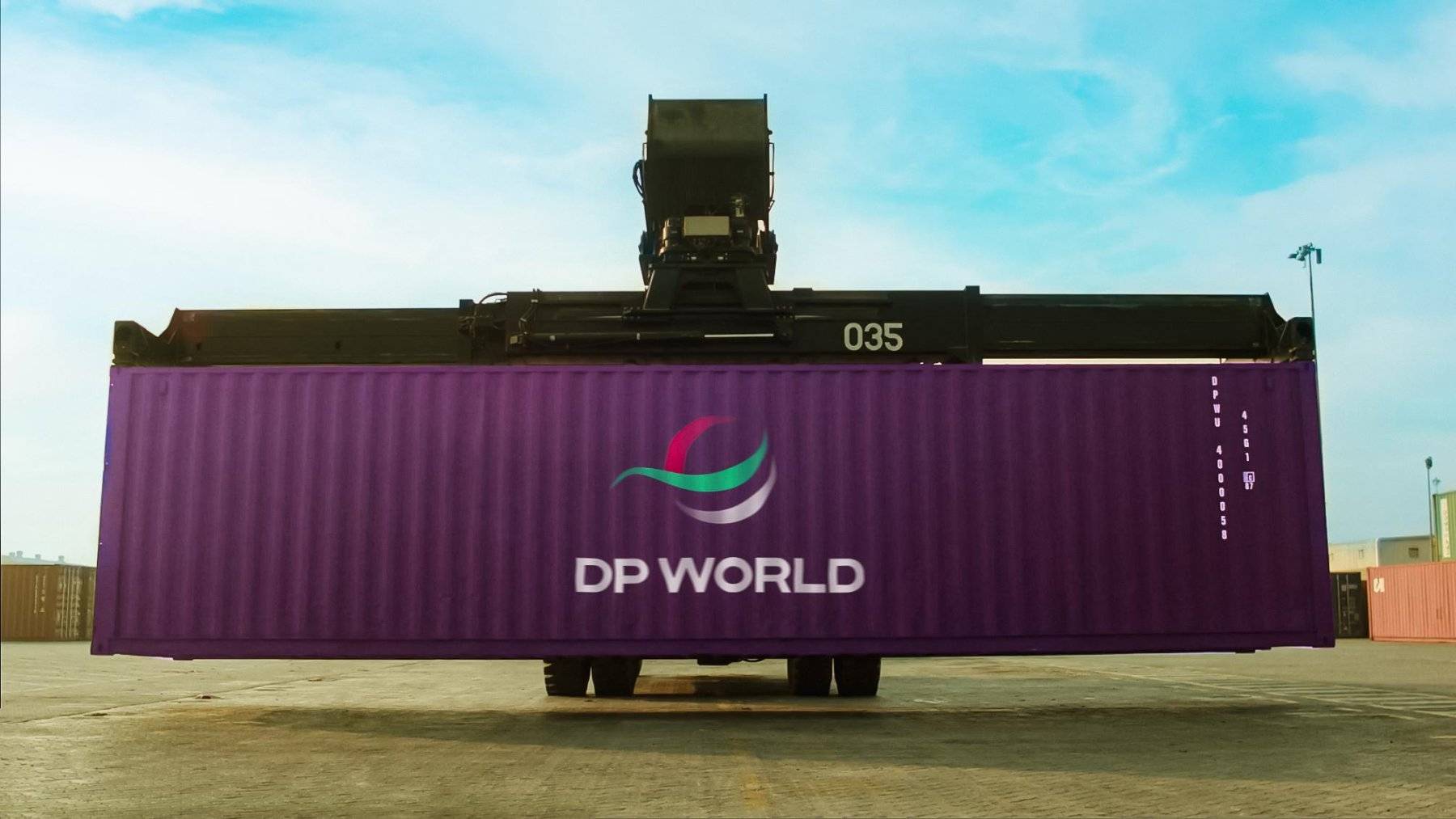
Intra-Carrier drayage type
As described in the previous type, we have the opposite situation with intra-carrier drayage. This type is characterized by the immutability of the carrier, freight forwarder, or logistics company within the intermodal nodes, which is due to their ownership.
Shuttle drayage type
Typically, containers are sent to transportation hubs or docks to wait and move to the next segment of the intermodal shipping route. However, drayage carriers, for convenience and necessity, also use shuttles for holding cargo containers temporarily. Shuttle drayage is a useful service type when there is a lack of available vessels at the docks to receive containers, etc.
Scenarios of applying drayage services in intermodal shipping
Intermodal transportation includes a lot of combinations for the delivery of goods by sea, road, land transport, and railroads. For any of the combinations, it can be very important to use drayage services for various reasons: the lack of vessels on the docks for the maintenance of containers, agreements on the carriage of goods between different carriers, and others. Also, drayage carriers essentially ensure the safety and timeliness of transportation due to narrowly agreed-upon terms of reference.
We will review several scenarios of implementation of drayage services in intermodal transportation to practically consolidate our knowledge:
Sea - Land. This scenario involves the arrival of goods at the port or port terminal of the destination, after which the drayage carrier picks up the cargo from the deck of the vessel or customs clearance area and delivers the cargo to the transport hub, from where it is delivered by truck "to the door" of the consignee or to the distribution center of the logistics company.
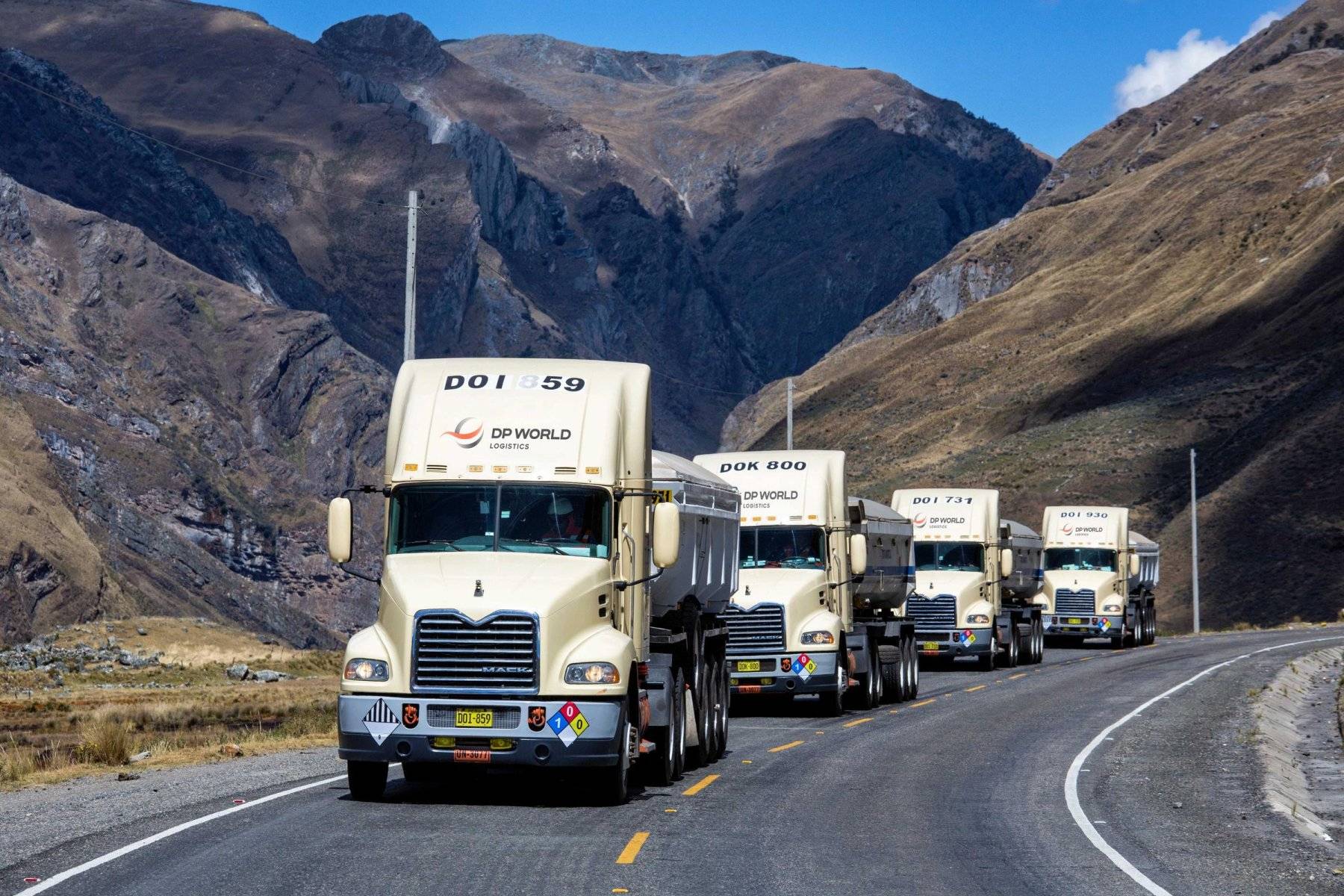
Sea - Rail. This scenario is used for shipments that, depending on the geographical location, first go to the main ports, from where the cargo is drayaged to the railway station, and the goods are transported as part of container trains to the next city inland.
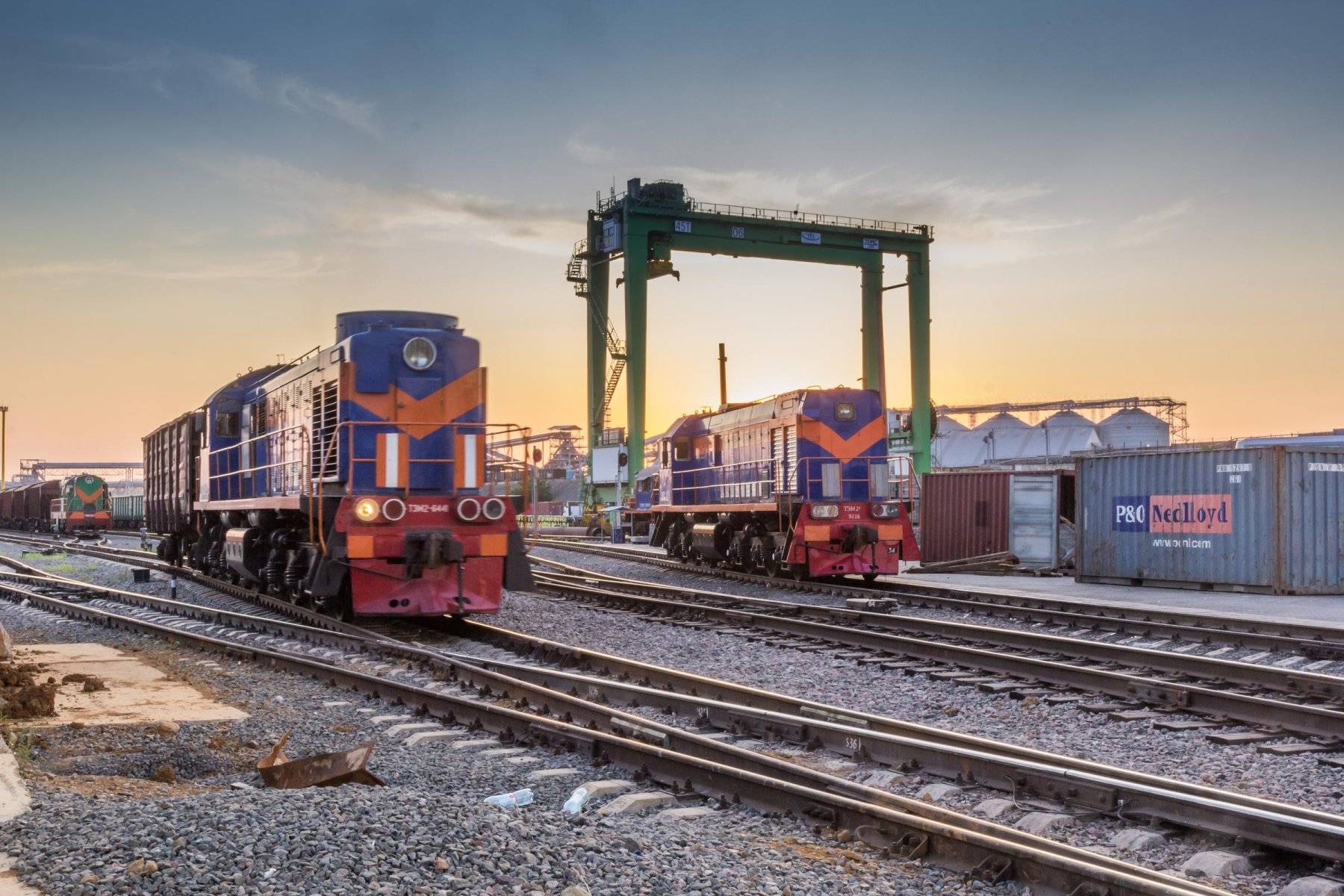
Air - Truck. Almost any air transportation is complemented by further carriage by truck, which directs goods from airports to terminals or "to the door" of the consignee.
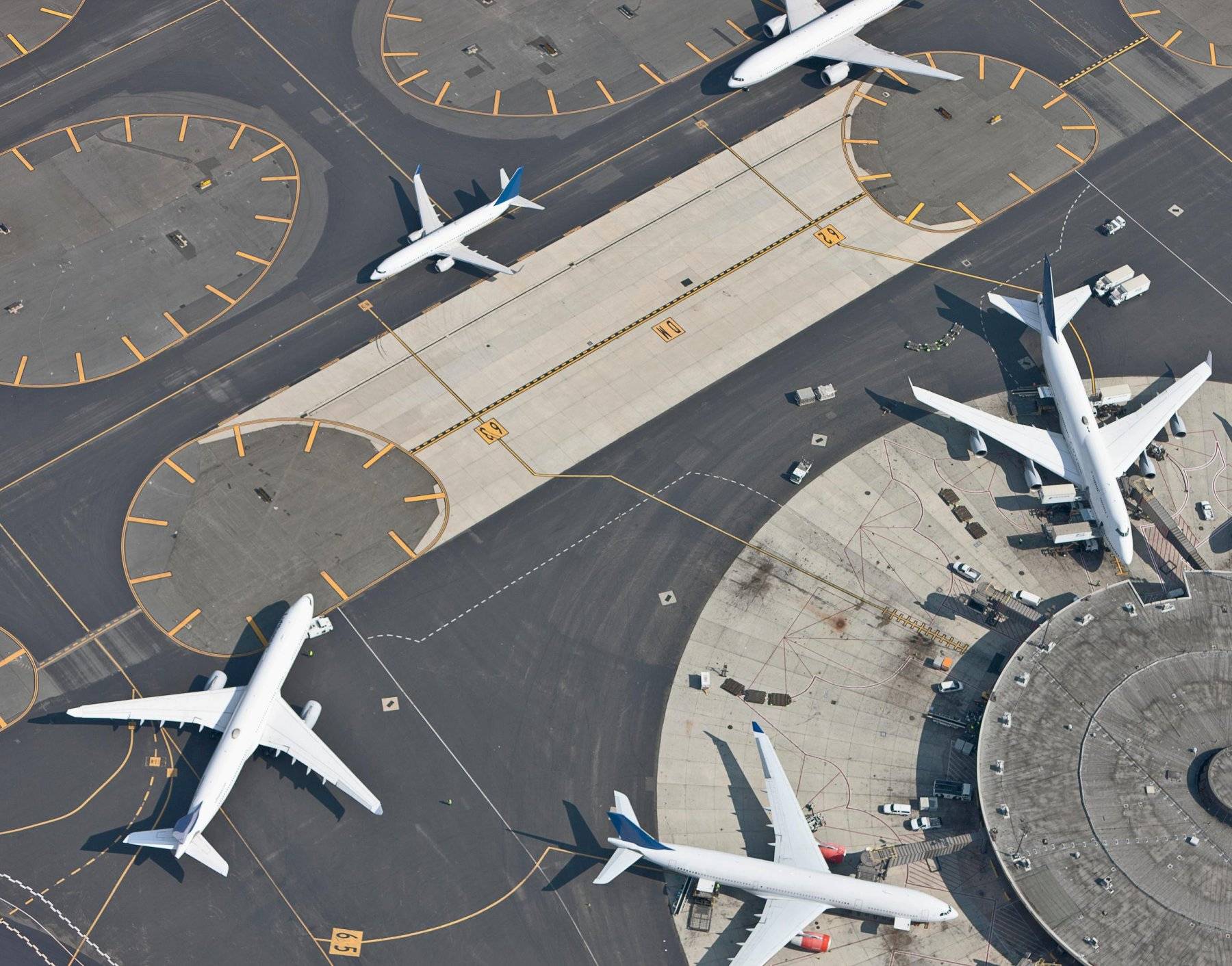
To simplify intermodal transportation, we provide IT solutions such as Distances & Time. With this tool, you will receive a live shipping route by several modes of transport and calculate the transit time of your shipment and the distance between any two points in the world. This will help you plan the most optimal route for your transportation according to your requirements and deadlines.
Also, review the historical analysis of transit times for shipments by global shipping lines.
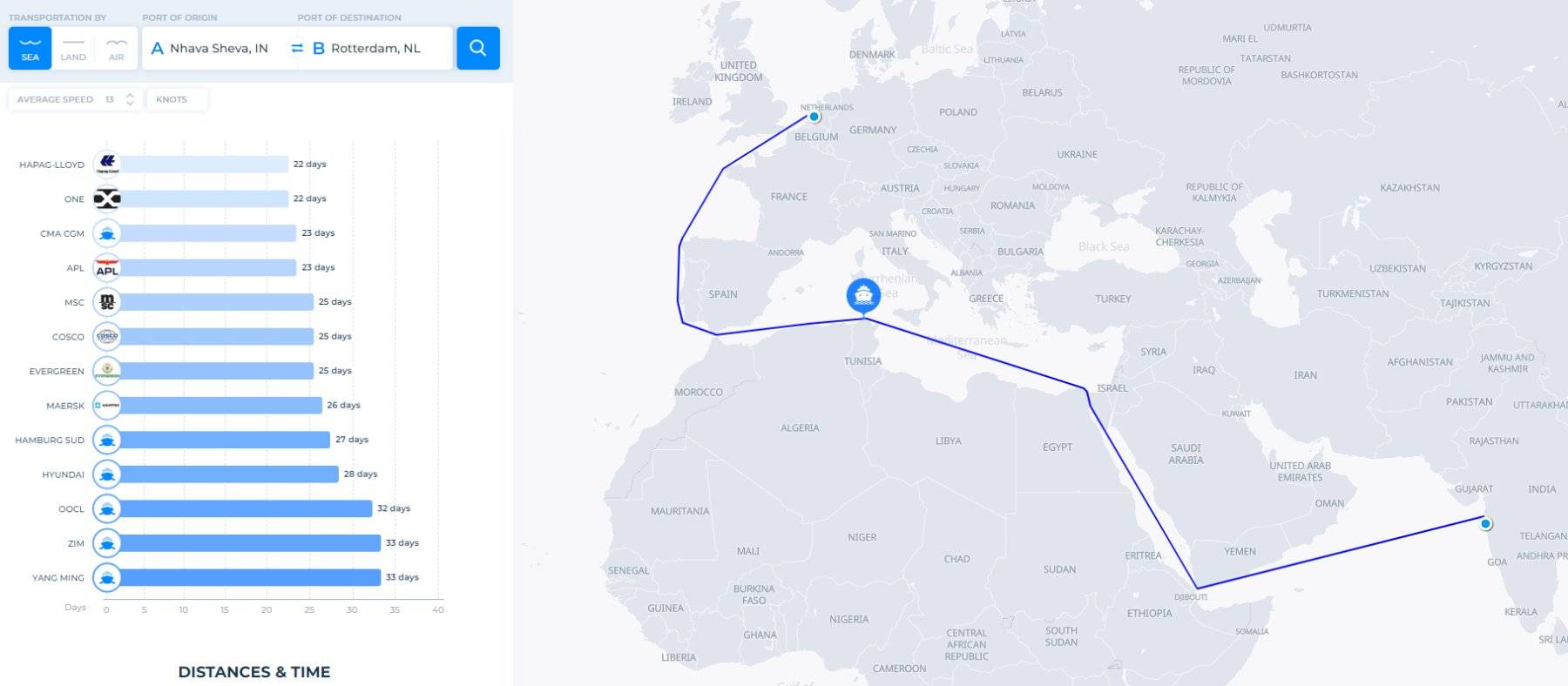
Conclusion
With knowledge of drayage services, you will have a better understanding of the logistics processes and simplification options available to you. The drayage services described in this article are an integral part of intermodal transportation, for which reason the drayage service fee is included in the overall freight rate rather than being separated. The whole process of container transportation is connected with drayage.
Contact our team at [email protected] for more information on cargo transportation and to fulfill any of your logistics needs.

